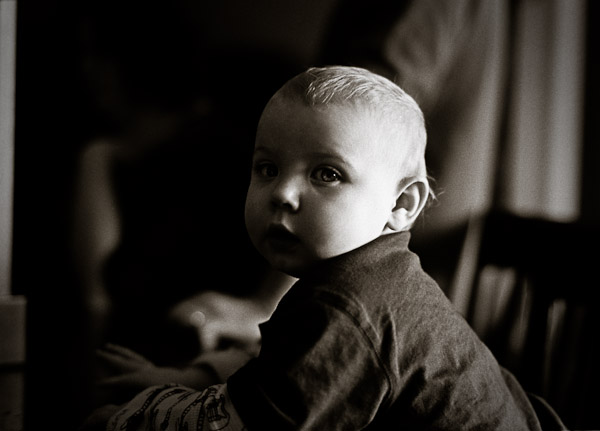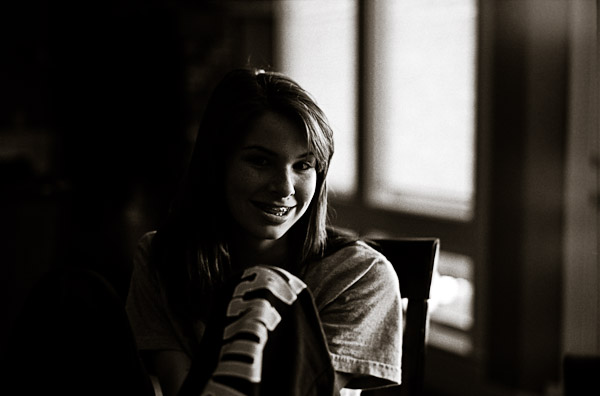Juan Valdenebro
Truth is beauty
Scanning negatives is often the fastest and easiest way to not see a real lens' rendition:
During this last week I ran new tests on Tri-X 400 and Rodinal, after several impressive posts here and there talking about the ability of that “new” film to be pushed to 12000 or 25000 ISO (!) with stand developing...
I developed lots of strips of the same bracketed shot in daylight (shadow) and tungsten, from 30 minutes to 4 hours, with stand and semi-stand agitation of 5, 15, 30 or 60 minutes. I printed results (enlarger) and no surprise at all: for natural available light the limit is below 1600 and for tungsten below 3200, handheld metering... And that, losing everything in the shadows...
Gross underexposures showed a certain image on negatives, and any scanner and photoshop can get some info there and make “another” image... I did contact some of the photographers posting those ISOs, and those who answered me, told me they scanned and did not enlarge...
Now:
A few weeks ago testing my 90 Summicron for focus and bokeh, I scanned results and printed them from files... After hours -only- of looking at them, I realized they weren't giving me the information I was looking for: with the slightest touch of contrast (up) the white areas surrounding delicate blur zones, “eat” the beginning of blurred contours, and the image becomes another one.
Scanning is another world: it doesn't give us the optic world we got in our negatives, and it's far from showing us our lenses' worlds...
Regards,
Juan
During this last week I ran new tests on Tri-X 400 and Rodinal, after several impressive posts here and there talking about the ability of that “new” film to be pushed to 12000 or 25000 ISO (!) with stand developing...
I developed lots of strips of the same bracketed shot in daylight (shadow) and tungsten, from 30 minutes to 4 hours, with stand and semi-stand agitation of 5, 15, 30 or 60 minutes. I printed results (enlarger) and no surprise at all: for natural available light the limit is below 1600 and for tungsten below 3200, handheld metering... And that, losing everything in the shadows...
Gross underexposures showed a certain image on negatives, and any scanner and photoshop can get some info there and make “another” image... I did contact some of the photographers posting those ISOs, and those who answered me, told me they scanned and did not enlarge...
Now:
A few weeks ago testing my 90 Summicron for focus and bokeh, I scanned results and printed them from files... After hours -only- of looking at them, I realized they weren't giving me the information I was looking for: with the slightest touch of contrast (up) the white areas surrounding delicate blur zones, “eat” the beginning of blurred contours, and the image becomes another one.
Scanning is another world: it doesn't give us the optic world we got in our negatives, and it's far from showing us our lenses' worlds...
Regards,
Juan














